Bronchitis is a typical lower respiratory tract condition. It influences not only kids but also adults. The rise of incidence falls during autumn and winter when it is easiest to cool down or overheat our organisms, which, due to the frequently lowered immunity at this period of the year, is more susceptible to the illness development. Continue reading to learn about:
The human bronchi![]() are an extensive network of channels that distribute oxygen to the alveoli. In the structure of the respiratory system, there are two primary bronchi, which are an extension of the bifurcation of the trachea. The right bronchus is called the main bronchus. It is shorter than the left bronchus, has a more vertical structure, and a slightly larger diameter. As a result, most cases of a foreign body (e.g., a piece of food) stuck in the bronchi concern the obstruction of the right bronchus.
are an extensive network of channels that distribute oxygen to the alveoli. In the structure of the respiratory system, there are two primary bronchi, which are an extension of the bifurcation of the trachea. The right bronchus is called the main bronchus. It is shorter than the left bronchus, has a more vertical structure, and a slightly larger diameter. As a result, most cases of a foreign body (e.g., a piece of food) stuck in the bronchi concern the obstruction of the right bronchus.
The alveoli are the components of the lungs – the primary human respiratory organ. Air is supplied thereby to bronchioles, which form a network (bronchial tree) and join at the top of the lower respiratory tract into the main bronchi.
Many people mistake bronchitis![]() with the common cold (particularly in the early phases of the condition). However, bronchitis is a damaging respiratory disease. If left untreated – it can cause severe medical complications.
with the common cold (particularly in the early phases of the condition). However, bronchitis is a damaging respiratory disease. If left untreated – it can cause severe medical complications.
Most often, the infection causes it. The most common bronchitis viruses are adenoviruses, rhinoviruses, and parainfluenza viruses. Sometimes, it happens because of the Coxsackie virus, RV viruses, or even herpes virus. Many cases happen because of microorganisms that cause inflammation and damage the epithelium.
Chronic bronchitis form is mainly a result of polluted air or cigarette smoke. Less often, it happens because of viral infection. Specialists often recommend supplemental tests to verify or rule out sinusitis, asthma, or other respiratory conditions during this illness.
Children![]() often suffer from bronchitis. The reason for the development of bronchitis is most frequently viruses. Signs of the disease in children depend on the child's age and are difficult to define clearly. Nonetheless, the younger the child, the more intense the condition is. It can even be deadly in very young kids.
often suffer from bronchitis. The reason for the development of bronchitis is most frequently viruses. Signs of the disease in children depend on the child's age and are difficult to define clearly. Nonetheless, the younger the child, the more intense the condition is. It can even be deadly in very young kids.
The symptoms of pneumonia in a child depend on the causative agent of the disease, according to which we divide pneumonia into typical and atypical in a simplified way.
The manifestations of regular pneumonia include:
When the secretion stays in the airways, the bronchi become less patent, and while auscultating, you can hear a clear, distinctive wheezing. The child becomes fussy, and their tummy hurts.
Infections caused by atypical bacteria develop more slowly. Initially, the symptoms are similar to an upper respiratory tract infection. It may be followed by:
Signs of bronchitis typically last for seven days. The condition gradually subsides after this time, but coughing may be present for up to three weeks.
This condition in adults is constantly undervalued. A suffering individual often does not go to the specialist because they confuse bronchitis with a common cold or flu. Nevertheless, it is worth visiting the doctor and beginning suitable treatment. Additionally, remember that bronchitis is often a result of untreated flu or common cold.
If you are pregnant![]() and have bronchitis, always consult a doctor. It is critical to make a diagnosis and begin appropriate treatment. Bronchitis in pregnancy can result in different medical complications, which at this particular time can risk the course of pregnancy. However, the main obstacle in the pregnant women's treatment is the limited amount of safe drugs for the woman and the baby.
and have bronchitis, always consult a doctor. It is critical to make a diagnosis and begin appropriate treatment. Bronchitis in pregnancy can result in different medical complications, which at this particular time can risk the course of pregnancy. However, the main obstacle in the pregnant women's treatment is the limited amount of safe drugs for the woman and the baby.
That is the cause specialists recommend pregnant women to avoid catching the illness in the first place. Prevention, although not easy, is meaningful. Consequently, the connection with ill people or crowded locations should be avoided during pregnancy.
However, if the infection develops, you should see a doctor immediately. To ensure good health, it's important to get sufficient rest and consume ample amounts of fluids. Cough can be reduced by putting the chest higher at night and by well-ventilating our room.
Treatment in pregnant women consists mainly of rest and conservative treatment, i.e., inhalations with saline. Any other medications are included only at the suggestion of a specialist.
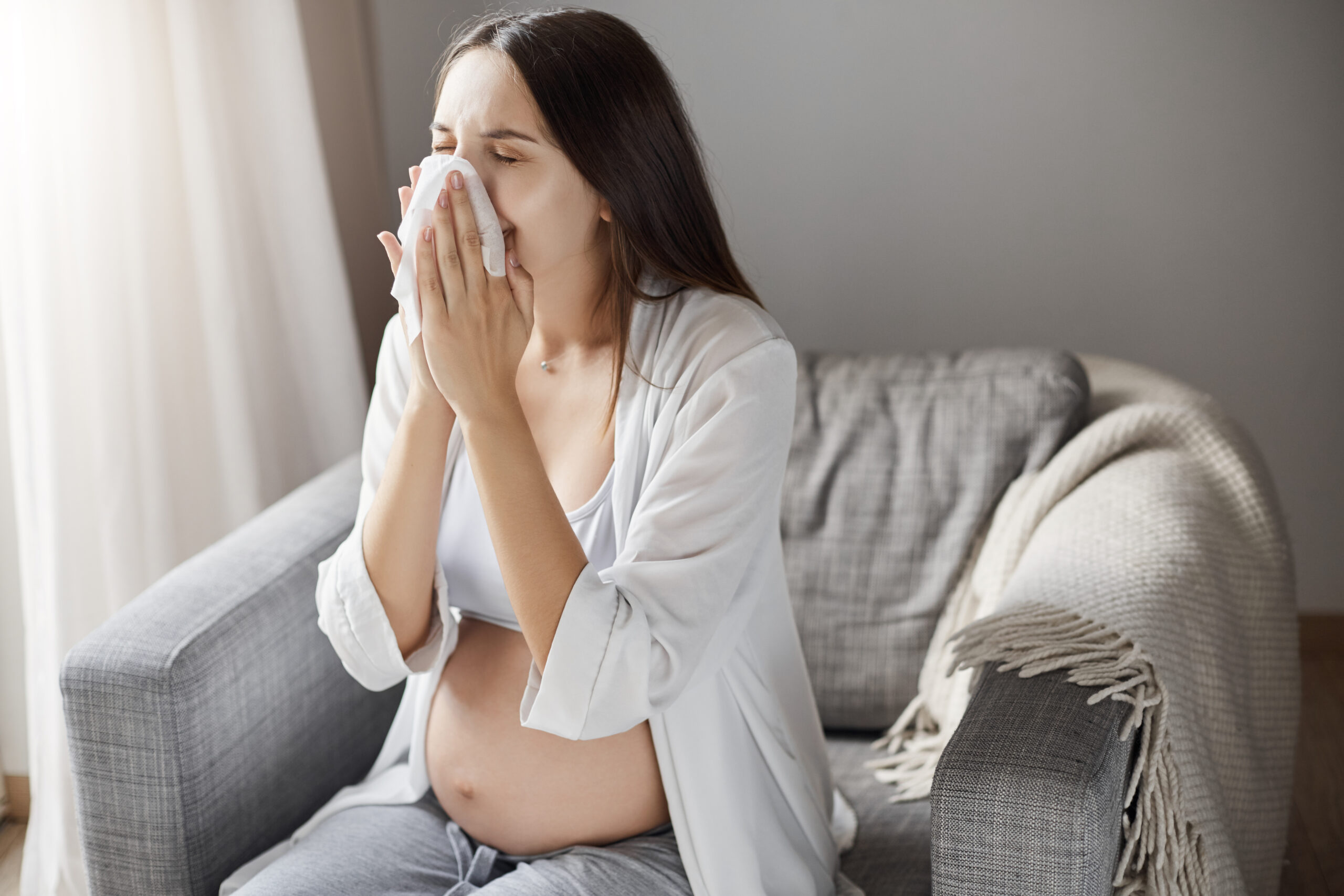
Bronchitis is a disease that, in the vast majority of cases, is caused by the same viruses![]() as colds and flu. Bronchitis caused by bacteria
as colds and flu. Bronchitis caused by bacteria![]() is rare, most often by the so-called atypical ones. Most cases occur in autumn and winter
is rare, most often by the so-called atypical ones. Most cases occur in autumn and winter![]() .
.
Bronchitis can develop as a complication of a common cold. The viruses that cause the common cold sometimes also attack the lower respiratory tract. A cold weakens the immune system, making us more sensitive to bronchi and lung bacterial infections.
Chronic bronchitis![]() is more common in individuals who have smoked
is more common in individuals who have smoked![]() for many years. Symptoms can occur even if you smoke for a short time and little (this is related to genetic predisposition). Passive smoking affects not only the smoker but also individuals close to them.
for many years. Symptoms can occur even if you smoke for a short time and little (this is related to genetic predisposition). Passive smoking affects not only the smoker but also individuals close to them.
The body protects itself against pollutants from the smoke, and a large amount of mucus is made. In addition to that, there is also a bothersome cough present. For these individuals, the only method to prevent it is to stop smoking and avoid cigarette smoke.
There is also an environmental cause of bronchitis![]() . We talk about exposure to chemicals, dust, or polluted air.
. We talk about exposure to chemicals, dust, or polluted air.
Also, frequent respiratory infections in childhood boost the risk of the disease.
Risk factors![]() favoring the occurrence of the disease include:
favoring the occurrence of the disease include:
Symptoms of bronchitis![]() are characterized primarily by:
are characterized primarily by:
Consult a doctor if the fever (above 38 degrees) persists for at least several days and the general symptoms do not subside or worsen.
The bronchitis symptoms can resemble pneumonia – that is why it is significant to exclude it.
Diagnosis![]() is based on symptoms (medical history), signs (physical examination), and radiological (usually X-ray). Typical symptoms reported by patients include cough, often accompanied by the production of purulent sputum, chest pain (usually localized not behind the sternum but in the lateral parts of the chest and aggravated by deep breathing or coughing), and dyspnoea in some patients. In addition, systemic symptoms such as sweating, chills, myalgia, or body temperature above 38°C are usually present. In the elderly, pneumonia may be oligosymptomatic, without fever, but with weakness and contact deterioration.
is based on symptoms (medical history), signs (physical examination), and radiological (usually X-ray). Typical symptoms reported by patients include cough, often accompanied by the production of purulent sputum, chest pain (usually localized not behind the sternum but in the lateral parts of the chest and aggravated by deep breathing or coughing), and dyspnoea in some patients. In addition, systemic symptoms such as sweating, chills, myalgia, or body temperature above 38°C are usually present. In the elderly, pneumonia may be oligosymptomatic, without fever, but with weakness and contact deterioration.
In a physical examination, the doctor finds symptoms localized over a specific area of the chest by tapping and auscultating the chest. A chest radiograph is usually performed to confirm the diagnosis, showing shadowing of part of the lung parenchyma.) Laboratory tests typically show leucocytosis (an increase in the number of white blood cells, most of which in pneumonia are neutrophils) and an increase in CRP (a protein that increases in many inflammatory conditions).

It is a condition that lasts about ten days.
The mainstay of treatment for pneumonia is the use of an antibiotic![]() . Its choice is at the discretion of the doctor. People allergic to antibiotics or have had adverse reactions after using an antibiotic should be sure to tell their doctor. In treating pneumonia at home, except in exceptional cases, antibiotics are taken orally.
. Its choice is at the discretion of the doctor. People allergic to antibiotics or have had adverse reactions after using an antibiotic should be sure to tell their doctor. In treating pneumonia at home, except in exceptional cases, antibiotics are taken orally.
In the hospital, drugs from this group are given, depending on the patient's condition, either orally or intravenously (sometimes intramuscularly). The antibiotic is usually used for seven days. In case of suspected atypical infection or some severe diseases with other bacteria, treatment may be extended to 14-21 days.
Take the antibiotic as your doctor prescribes and maintain consistent intervals between doses. Information on whether the medicine should be taken on an empty stomach or with or after meals may vary depending on the preparation and should be checked in the package leaflet (there are no specific recommendations for many antibiotics).
Since antibiotics lead to the disappearance of the natural intestinal flora while using them, it is worth taking medicines containing bacteria that complement the natural intestinal flora.
Proper room ventilation is essential to reduce swelling of the respiratory tract's mucous membranes. Additionally, it's significant to humidify the air to prevent secretion in the nose from drying on the mucous membranes, which can make breathing difficult.
It is recommended to visit a doctor when you are ill. The most significant issue with bronchitis is the enormous number of secretions blocking the airways. You can support removing it by using natural therapies that are affordable and readily obtainable. Most products that can help us fight bronchitis are in every pharmacy.
Getting rid of residual secretion is easier with the expectorant effects of many natural substances![]() . They have a direct property on the bronchial glands. You can use them not only if you have bronchitis but also in other inflammatory conditions of the lower respiratory tract. They make the secretion thinner. It allows for easy separation of the fluids from the walls of the bronchi during coughing.
. They have a direct property on the bronchial glands. You can use them not only if you have bronchitis but also in other inflammatory conditions of the lower respiratory tract. They make the secretion thinner. It allows for easy separation of the fluids from the walls of the bronchi during coughing.
Pneumonia![]() in patients who do not require hospital admission usually resolves rapidly with effective antibiotic therapy. The prognosis is not as good in patients whose condition is severe enough to require hospital admission. The risk of death depends on the etiology, severity of pneumonia, and the presence of comorbidities, and depending on age, it may range from a few to over a dozen percent.
in patients who do not require hospital admission usually resolves rapidly with effective antibiotic therapy. The prognosis is not as good in patients whose condition is severe enough to require hospital admission. The risk of death depends on the etiology, severity of pneumonia, and the presence of comorbidities, and depending on age, it may range from a few to over a dozen percent.
The doctor decides about hospitalization based on the patient's clinical condition and the chest radiograph results and additional tests. Indications for admission to the hospital include:
Bronchitis is very tiring due to the annoying chronic cough. The simplest element of prevention is to take care of immunity. A diet rich in vitamins and minerals and clothes suited to the temperature is a requirement.
Following the principles of a healthy lifestyle and not smoking are the primary methods of preventing respiratory infections that everyone should use. Oral hygiene also decreases the risk of pneumonia. The widely available flu vaccine also protects against pneumonia caused by flu virus infection. This vaccine can – and should – also be used by individuals without any chronic condition who want to decrease their risk of contracting the flu. Likewise, vaccination against COVID-19 lowers the risk of a severe course of the illness.
Chronic bronchitis prevention consists primarily of quitting smoking if it is the cause of the development of the disease. If the cause of the illness is working conditions, think about changing jobs.
In the case of kids, it is essential to support the immunity and temper of children. Do not overheat your kid. Also, allow them to spend a lot of time outdoors. Diet is also significant for children. Parents should ensure its diversity. They should also not be in crowded spaces and rooms with smoke. Climate change or parental smoking cessation can also help.

Bronchitis is a condition caused by microorganisms![]() that enter the human organism through droplets. Some of them are:
that enter the human organism through droplets. Some of them are:
You can contract an infection near an unhealthy individual who sneezes and coughs. Therefore, if you are sick, isolating yourself from healthy people is vital until you are cured.
Table of Contents
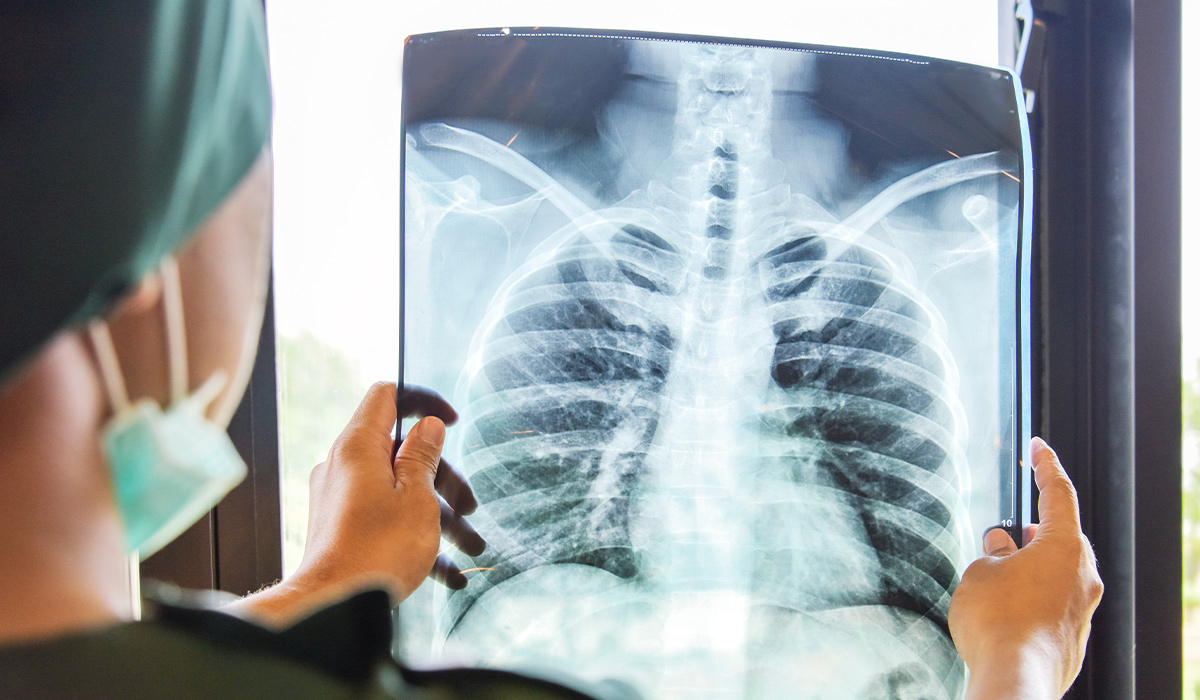
Pneumonia is a disease of the lower part of the respiratory system. It is most often caused by bacteria, but… read more »

Bronchiolitis is a common lung infection in young children and infants. What are its causes and symptoms? What is the… read more »
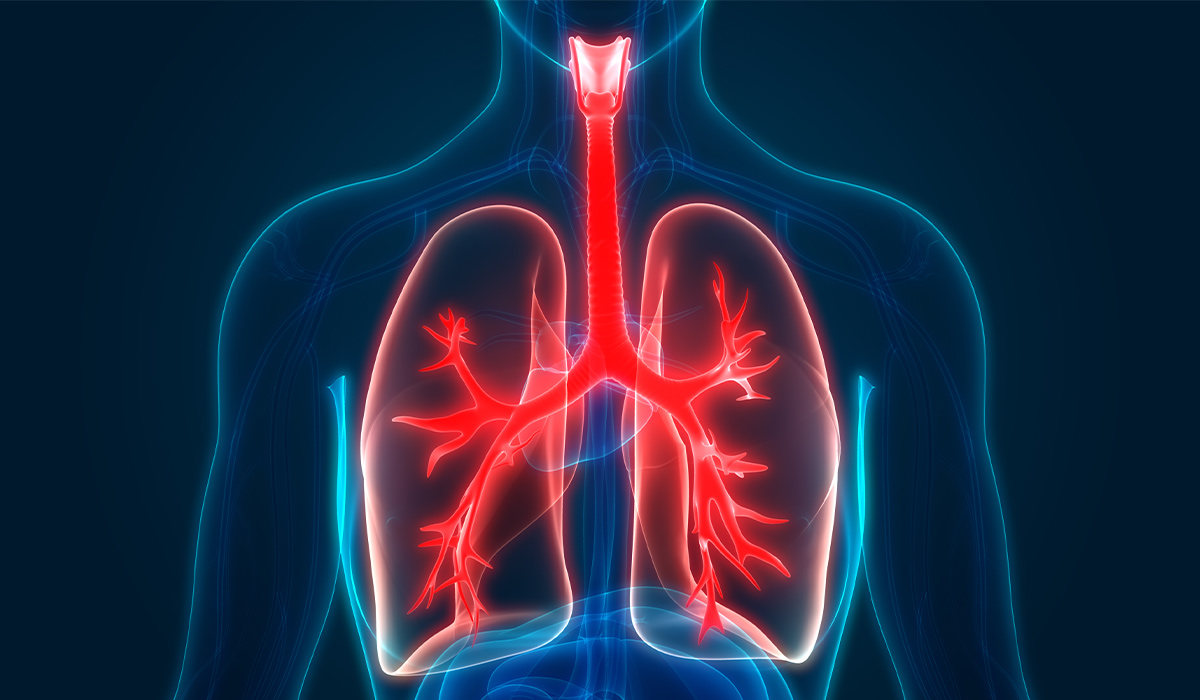
Cystic fibrosis is a genetic disease that primarily affects the respiratory system and the digestive tract. Find out its causes… read more »
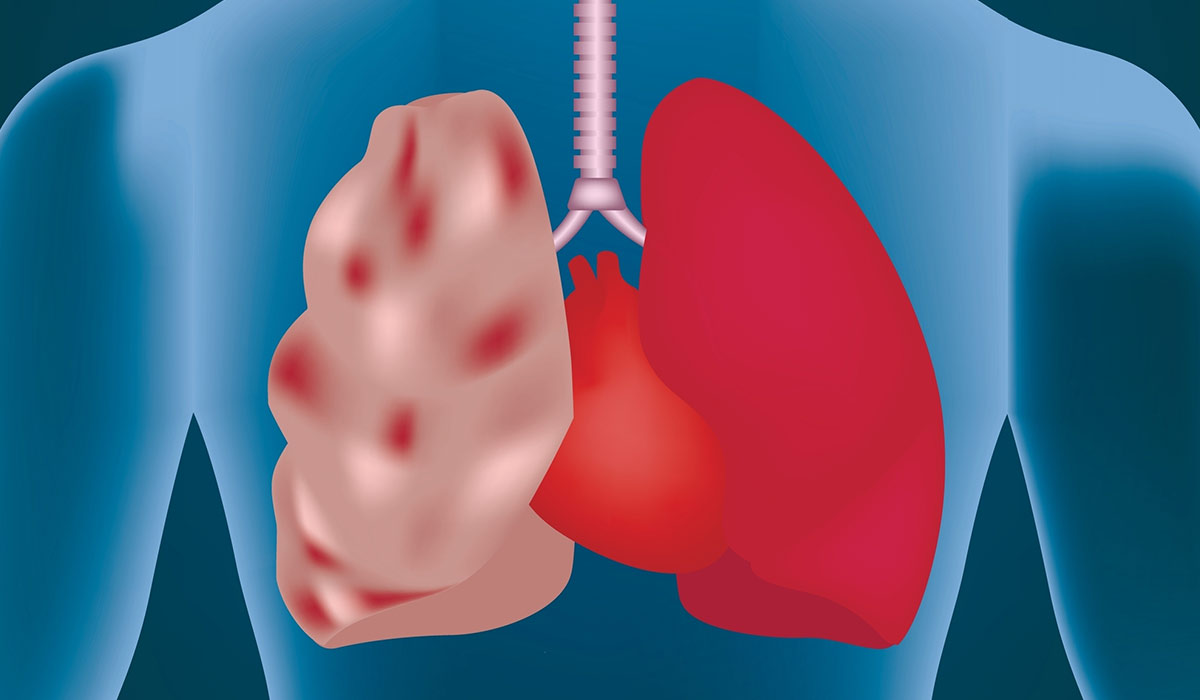
Emphysema is a lung disease that involves excessive aeration of the lungs, which disrupts gas exchange in the body. How… read more »
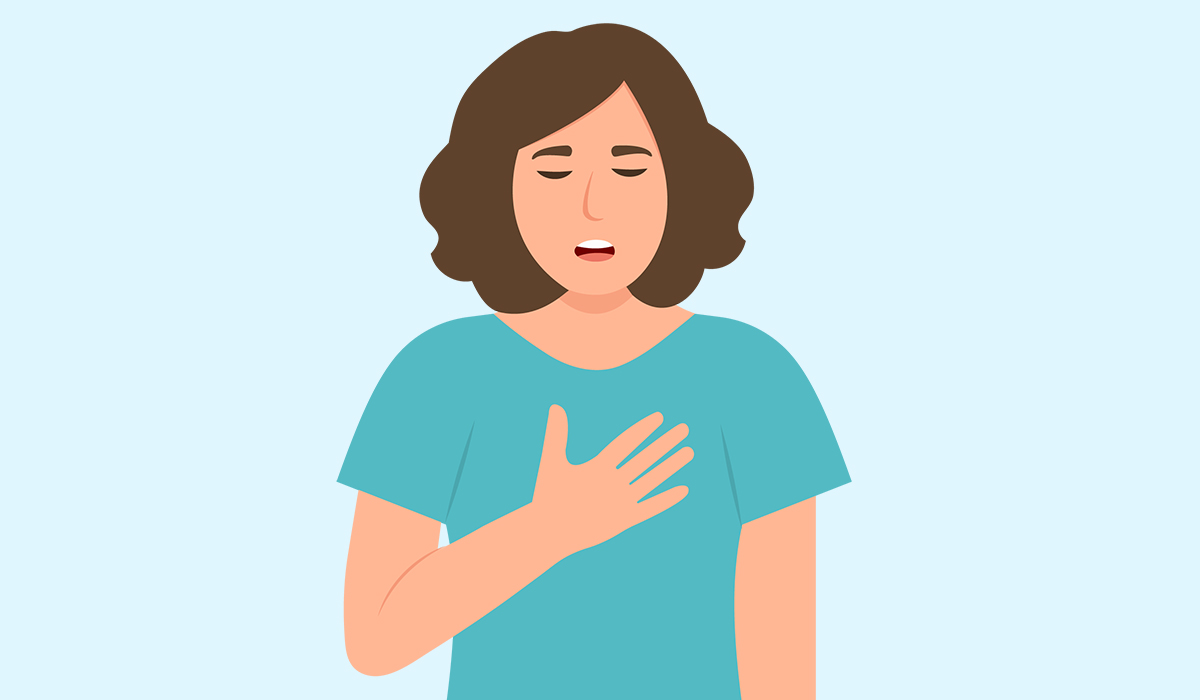
Chest pain refers to any discomfort, pressure, tightness, or pain that occurs in the chest area. It can vary in… read more »

Wheezing is a high-pitched whistling sound that occurs during breathing. What does it inform you about? read more »

Chronic obstructive pulmonary disease, a condition commonly known as COPD, is the third most frequent cause of death in the… read more »

A pulmonologist is a medical doctor who specializes in diagnosing and treating diseases of the respiratory system, which includes the… read more »
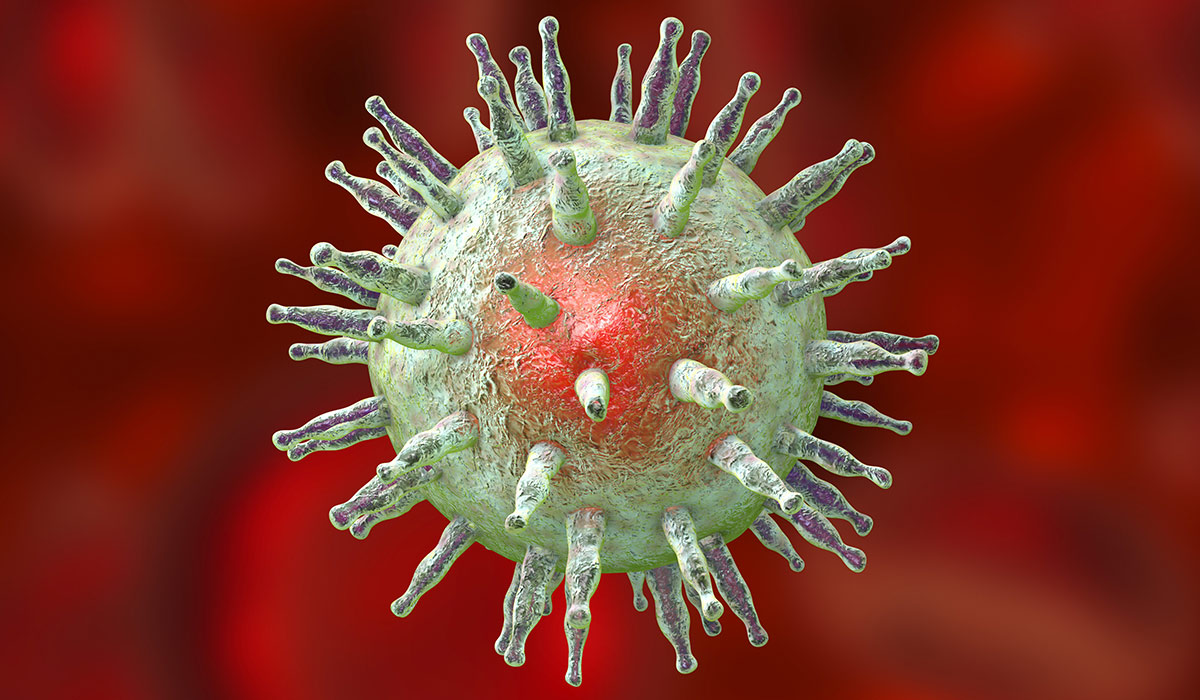
Epstein Barr Virus is a pathogen that causes infectious mononucleosis and many other diseases. Learn about the risks associated with… read more »